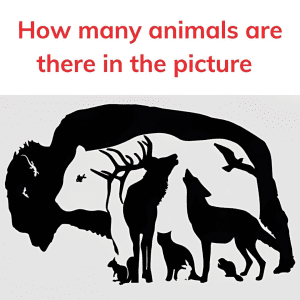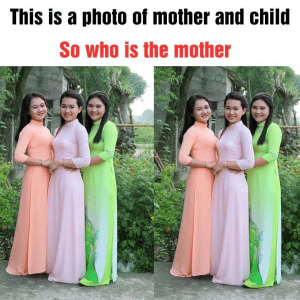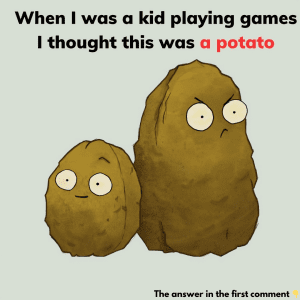Have you ever stared at a picture, feeling like something was just a bit… off? It’s a familiar feeling for many of us who love a good visual puzzle. Today, we’re diving into a particularly sneaky challenge that has left countless people scratching their heads. Picture this: a peaceful scene of a person by a lake, feeding a group of ducks. But as serene as it seems, there’s a small detail that doesn’t quite fit. Can you spot the oddity?

At first glance, puzzles like these may seem easy, right? But when you start examining every detail, you might find yourself second-guessing what you see. Why? Because our brains are wired to quickly process familiar scenes, often glossing over small inconsistencies. In this image, you might immediately focus on the person, the ducks, and the water, thinking everything looks natural. But is it? Let’s dive in and break down how you can tackle this puzzle, step-by-step.
Two main cognitive biases come into play when we try to spot the differences in familiar scenes: Pattern Recognition and Familiarity.
- Pattern Recognition: Our brains are hardwired to recognize and group patterns quickly. When we see several similar objects, we assume they’re all the same. So, when you look at the ducks, your brain automatically categorizes them as a group of similar-looking birds, without necessarily examining each one closely.
- Familiarity: When a scene is familiar, such as feeding ducks by a pond, our brains often fill in the gaps, expecting everything to be in place. We see what we expect to see, not necessarily what’s actually there. In this case, your brain is likely assuming that all the birds are ducks.
With these biases in mind, let’s break down the image and see if we can find the hidden detail that doesn’t belong.
Step 1: Observe the Entire Scene
Take a step back and look at the whole scene without zooming in on any particular area. At first glance, we see a person in a blue jacket, calmly feeding a group of ducks. It looks like a lovely, peaceful day by the lakeside. But remember, something’s not right. Resist the urge to focus too quickly on one part, and instead take in the entire scene.
Step 2: Examine Each Duck Individually
Now it’s time to scrutinize the details. Begin by examining each duck one by one. Don’t just glance—take a moment to really look at the color, shape, and size of each bird. Ducks typically have a distinctive color pattern: many species feature green heads, brown bodies, and gray feathers. Keep these features in mind as you scan each one.
Tip: Pay close attention to any slight variations in color or shape. Ducks are usually consistent in appearance, so anything that looks different should catch your eye.
Step 3: Spot the Odd Bird Out
After a detailed scan, did you find it? Among all the ducks, there’s a sneaky little pigeon blending into the crowd! This bird doesn’t have the typical duck body shape; it’s smaller and more rounded, and its coloring is distinctively pigeon-like. You might spot it in the middle-left of the scene, trying to swim and fit in with the rest of the ducks. It’s quite the little impostor!

Congratulations if you noticed it! You have a sharp eye for detail and an ability to spot things that don’t quite belong.
Beyond being a fun challenge, spotting puzzles like this one are beneficial for your brain. They encourage you to look beyond your first impression, fostering a keen attention to detail. Plus, they can help improve focus, patience, and problem-solving skills. By pushing your brain to look for hidden details, you’re engaging in mental exercise that can be both stimulating and relaxing.
If you enjoyed this puzzle, there are plenty of other optical illusions and “spot the difference” images that can keep you entertained. The key to mastering these challenges is to slow down, observe carefully, and enjoy the process. Each puzzle helps sharpen your observation skills, training your brain to notice even the smallest inconsistencies in familiar scenes. So the next time you see a picture that seems a little off, take a closer look—you never know what you might find!
In this puzzle, a lone pigeon tried to blend in with a group of ducks, testing your powers of observation. These subtle challenges remind us that things aren’t always what they seem and that sometimes, it pays to take a closer look. Whether you’re solving puzzles for fun or as a mental workout, they’re a great way to keep your mind sharp. So next time you’re faced with an odd scene, remember: a closer look may reveal something unexpected.


